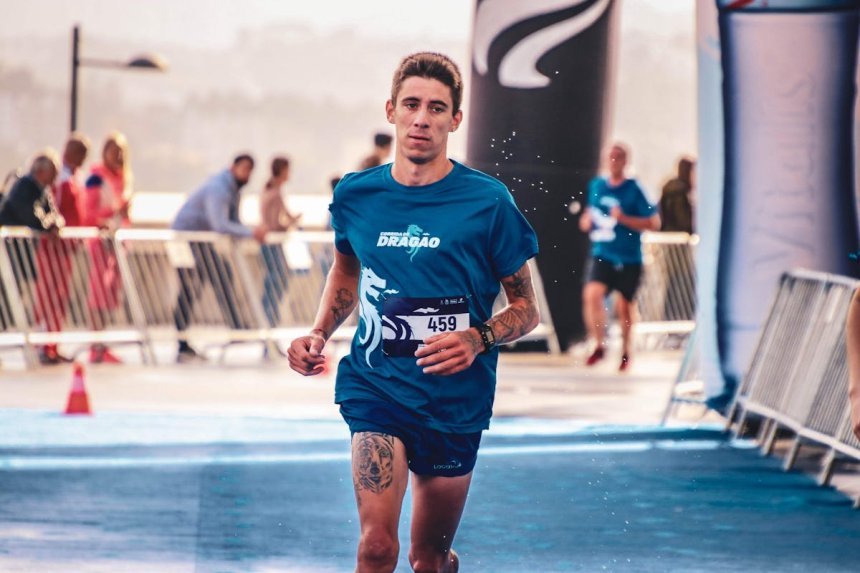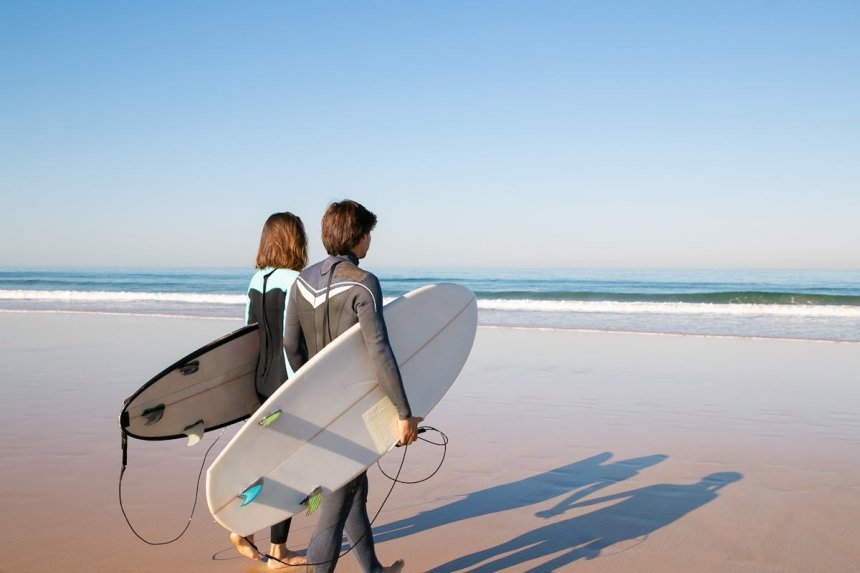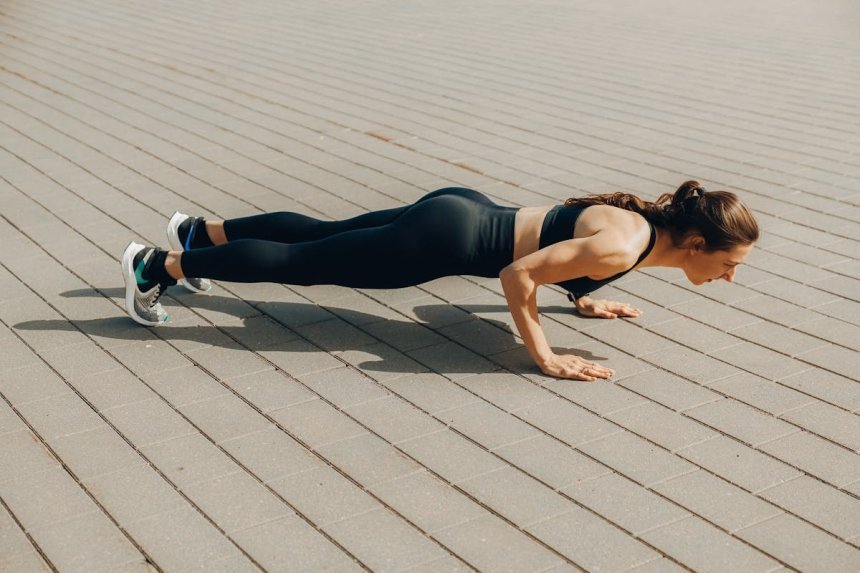Are you going to start running? Then check out these tips!
Running is not just about running. We insist on this so that you can understand that street running goes far beyond the verb. This sport promotes physical and mental well-being, encourages social interaction and, for many runners, becomes more than a hobby, it is a philosophy of healthy living.

Running is not just about running. We insist on this so that you can understand that street running goes far beyond the verb. This sport promotes physical and mental well-being, encourages social interaction and, for many runners, becomes more than a hobby, it is a philosophy of healthy living.
But as everything in life has a recommended measure to obtain real benefits and avoid possible injuries and setbacks, let's look at some tips and recommendations for you to carry out your training safely and increase the possibility of improving performance, and of course, avoid possible injuries and discomfort.
Go to the doctor
Before starting any activity, have a medical evaluation and check your health status. An orthopedist and cardiologist are good examples of professionals to consult, as they will analyze your heart, bones and muscles to ensure that your exercise will not be harmful under the current conditions.
Respect your training sheets
After you have sought specialized help, done your physical assessment and everything has gone well… You will now have information that will qualify you to start training for street running. The instructors prescribe training plans taking into account individual aspects such as weight, training time, test results, proposed objectives, among other parameters.
Some runners think they can follow their plan in any way, not respecting volume, intensity, pauses, pace, load progression and especially rest days, which can harm performance.
Don't try to evolve too quickly
In the initial phase, the gains for the runner are rapid. It is important to remember that, as a rule, he was in a sedentary condition and the performance is already noticeable in the first few weeks.
And this can be a problem! Since improvements are seen in a short space of time, runners tend to want to increase the volume and intensity of their training so that they can maintain their initial results. This considerably increases the risk of injury. It’s not worth it!
Remember: this is not a set recipe, so it may vary from person to person and from one training period to another. Alternating running and walking is a good option. Here's a tip!
Rest after training
Many people ignore this fact, but it is true: rest is more important than training. This is especially true for amateur athletes who, in addition to being runners, are also fathers, mothers, bosses, employees, and workers; and do not have much time to rest.
Daily activities cause us to expend a lot of energy, thus hindering muscle recovery after intense training. For this reason, invest in the quality of your sleep, as some very important hormones are sensitized during this time. It is during rest that protein synthesis occurs, responsible for creating necessary adaptations to improve performance.
The expression that says that children grow when they sleep also applies to adults. Growth hormone (GH) is also released during sleep, so try to sleep a little earlier than usual, especially in the weeks leading up to your main goal and on days of more intense training.
Planning is essential for your development. Your instructor will certainly know the ideal dose to improve your performance in the medium and especially in the long term. For each intense workout, there should be a day of lighter training and even a day of rest. It is during the rest periods, between one workout and the next, that recovery and muscle building occur.
Don't neglect the technical part
Technical skills are essential for any runner, regardless of the type of running they choose. Technique is responsible for saving energy for athletes, whether they are professionals or amateurs.
Technique is the protector when it comes to injuries. This is because once the movement becomes cleaner, the muscles use less energy to perform the necessary functions. Leading running experts advise that students seek out a teacher to help perform and correct the movement, enabling improved performance.
As mentioned before, a physical trainer can help you perform the training that best suits your metabolic reality. With the right training, your running will be safer.
Be careful with headphones during training
What music do you enjoy listening to when you run? Rock? Electronic? MPB? Country? The most popular sounds? Practicing physical activity, especially street running, with the help of music has become an increasingly common routine. This practice came from gyms that had RPM and spinning classes with the help of music and, in some cases, the music dictated the rhythm of the pedaling.
This new motivational and pedagogical strategy began to be used in treadmill running, still inside the gym, and has now reached street running. Practitioners listen to music during training sessions on the streets, in parks, in rural areas and even on race days.
In some races in the United States and Europe, there are already guidelines for participants not to use headphones during the race. But since everything in life requires moderation and balance, it is necessary to analyze the pros and cons to understand how to benefit from this strategy in training or races.
Thinking about safety, one of the best and most important senses is hearing, it keeps us alert and protects us very efficiently from possible everyday risks, especially during training on the street!
Headphones are not recommended for those who run on the street. You cannot ignore the risks inherent in busy streets with heavy traffic. Your hearing is also your shield. It is your hearing, along with your other senses, that will keep you alert to any situation that could put you at risk.
When we run, our vision protects us from everything that is in front of us, that is, everything we can see. Our hearing protects us from everything we cannot see but can hear. For example: the scream of a cyclist, the horn of a car or the siren of an ambulance. Hearing helps us see, or in this case hear, what our eyes cannot see and most accidents involving runners are related to this. Be careful!
Share
What's Your Reaction?
 Like
0
Like
0
 Dislike
0
Dislike
0
 Love
0
Love
0
 Funny
0
Funny
0
 Angry
0
Angry
0
 Sad
0
Sad
0
 Wow
0
Wow
0













